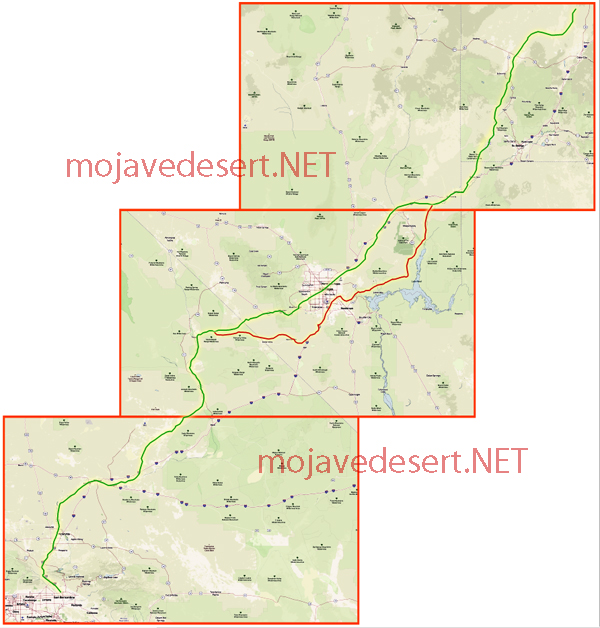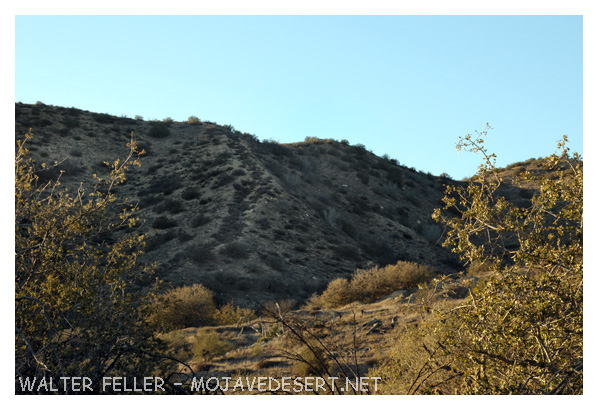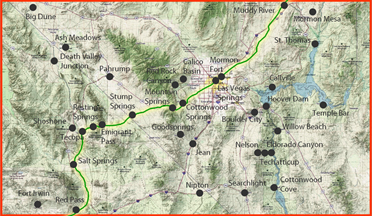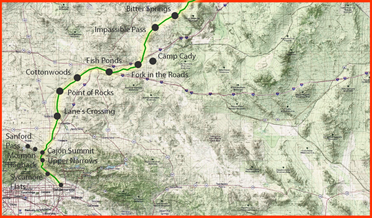Salt Lake Road

Wagon travel on the Northern Route of the Old Spanish Trail began in 1847, when the first Mormon settlement in Utah Territory was established east of the Great Salt Lake. Exploration parties were immediately sent by church leaders to identify locations suitable for colonization along the Old Spanish Trail, to gain political control of the most important travel corridor in the Intermountain West.
In October of 1847, Jefferson Hunt, who had served in the Mormon Battalion in California, led a group of 18 men, 130 pack mules, and a single wagon to southern California to buy cattle, seed grain, and other needed goods. The party arrived in San Bernardino after 45 days of travel, having reportedly brought the first wagon over the Old Spanish Trail. The success of this expedition encouraged others to follow, including large numbers of prospectors and merchants “rushing” to the newly-discovered gold deposits at Sutter’s Mill in northern California during the winter months when the passes of the high Sierras would be impassable.
Over time, the wagon road that developed was labeled on maps as the “Old Southern Road”, the “Immigrant Road” or the “Old Mormon Road”. By the first decade of the 20th century, early automobiles were traveling this same route and paved highways eventually replaced the wagon ruts.
(source BLM)

Wagons did not have the luxury of graded roads descending the Cajon Pass.


